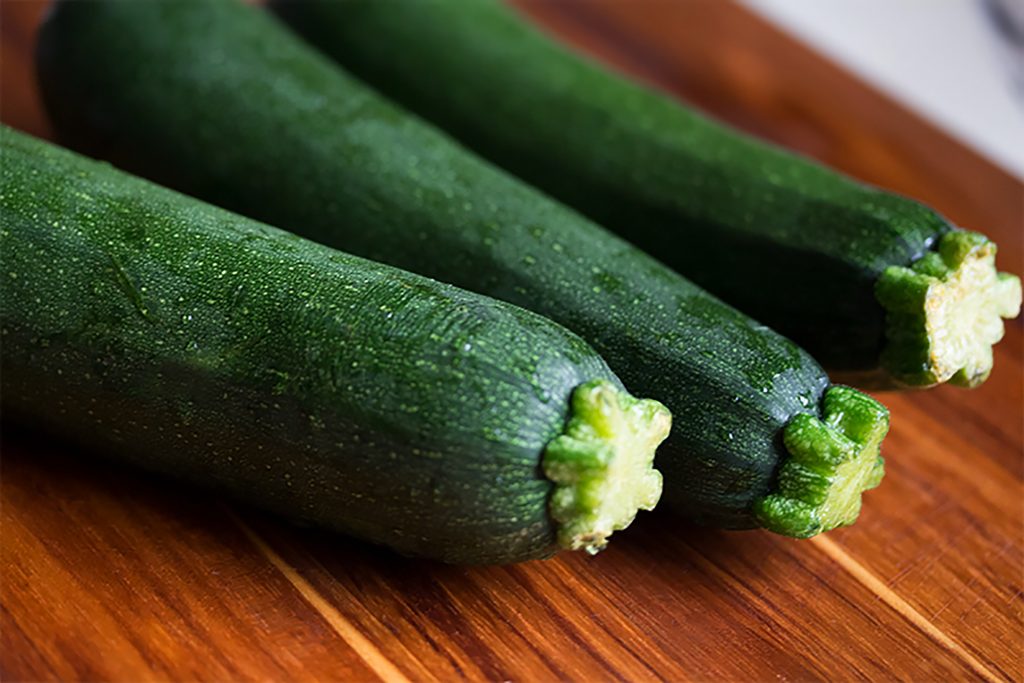If you're interested in starting a vegetable garden, you'll need to know a few things first. In this blog post, we'll outline everything you need to know about vegetable gardening, from choosing the right plants to preparing your soil. Keep reading for more information!
The Benefits of Vegetable Gardening
There are many benefits to vegetable gardening. One of the most obvious benefits is that you get to eat the vegetables that you grow. This can help you to eat healthier since you can control the ingredients and how fresh the vegetables are. You can also save money by growing your own vegetables, since they tend to be cheaper than store-bought vegetables.
Gardening can also be a great way to get exercise. Gardening requires a lot of physical activity, such as bending, squatting, and reaching. This can help to improve your fitness level and reduce your risk of obesity and other health problems.
Gardening can also be a great way to connect with nature. Gardening allows you to work with the earth, sun, and rain to grow plants. This can help you to appreciate the natural world and the cycles of life and death. Gardening can also be a great way to relax and relieve stress.
Planning Your Vegetable Garden
When planning your vegetable garden, there are a few things you need to take into account. First, you need to figure out how much space you have to work with. If you're limited on space, you'll need to choose vegetables that grow well in containers.
You'll also need to decide what kind of soil you have and what type of vegetables will grow best in it. If you're not sure, you can test your soil's pH levels or take a look at your county's Extension Service website to find out.
Once you've figured out what you're working with, it's time to start planning your garden. Decide what vegetables you want to grow and what order you want to plant them in. You'll also need to think about how you'll space the plants, what kind of supports they'll need, and what kind of fertilizers and pesticides you'll need.
Planning your vegetable garden can seem like a daunting task, but it's definitely worth it when you're able to enjoy fresh, homegrown vegetables all summer long!
Choosing the Right Vegetables for Your Garden
There are many different vegetables that you can grow in your garden, but not all of them are the best choices for your climate and gardening conditions. Before you start planting, take some time to do some research and figure out which vegetables will grow best in your area.
Some vegetables, like tomatoes and bell peppers, are best grown in warm climates. If you live in a cooler area, you'll need to choose vegetables that can withstand lower temperatures. Root vegetables, like carrots and potatoes, are a good choice for colder climates, as they grow well in soil that is cool and damp.
When choosing vegetables for your garden, also keep in mind the size of your garden. Some vegetables, like cucumbers and zucchini, need a lot of space, while others, like lettuce and spinach, can be grown in small spaces.
Choosing the right vegetables for your garden is an important step in creating a successful garden. By taking the time to research your climate and gardening conditions, you can ensure that your garden is filled with the best possible vegetables for your area.
Preparing the Soil for Vegetable Gardening
There are a few key things to do to prepare your soil for vegetable gardening. First, you'll want to test your soil to see what kind of condition it's in. Then, you can add the appropriate amendments to make it more fertile. Finally, you'll need to till the soil to loosen it up and make it ready for planting.
planting Vegetables in Your Garden
If you're looking to plant some vegetables in your garden, there are a few things you need to know first. First, make sure you have enough space - vegetables need plenty of room to grow. Also, be sure to choose vegetables that will grow well in your climate. Some vegetables do better in cooler climates, while others do better in warmer climates.
Once you've chosen your vegetables, it's time to plant them. Be sure to follow the instructions on the seed packet, and plant the seeds at the correct depth. If you're planting a container garden, you'll need to water the plants frequently, especially in the early stages of growth.
Once your vegetables start to grow, be sure to weed the garden frequently and water the plants as needed. You may also need to fertilize the plants occasionally. Harvest the vegetables when they're ripe, and enjoy!
Caring for Your Vegetable Garden
If you're one of the many people who have decided to start a vegetable garden, you're probably wondering what you need to do to take care of it. Here are some tips to help you get started:
Make sure you have a good soil mix. The best mix is a combination of soil, compost, and organic matter.
Plant your vegetables in the right spot. Most vegetables need plenty of sun, so make sure you plant them in a spot where they will get at least six hours of sunlight each day.
Water your plants regularly. Vegetables need a lot of water, especially when they're young. Make sure you water them every day, and more often if it's hot or dry.
Fertilize your plants regularly. Vegetables need lots of nutrients to grow healthy and strong, so fertilize them at least once a week.
Harvest your vegetables when they're ripe. Don't wait too long to harvest your vegetables, or they'll start to rot. Harvest them early in the morning, when the dew is still on the plants.
Harvesting Your Vegetable Garden
If you have a vegetable garden, you know that at some point you have to start harvesting the vegetables. The timing of your harvest depends on the type of vegetable. Some vegetables, like tomatoes, are best harvested when they are fully ripe. Other vegetables, like lettuce, can be harvested at different times depending on the type of lettuce.
If you are not sure when to harvest your vegetables, consult a gardening guide or the internet. There are many websites that have information on specific vegetables and when they are ready to harvest.
When you are ready to harvest your vegetables, be sure to harvest them correctly. Cut the vegetables off of the plant with a sharp knife or scissors. Do not pull the vegetables off of the plant, as this can damage the plant.
When you harvest your vegetables, be sure to clean them properly. Remove any dirt or insects with a brush or a hose. If you are not going to eat the vegetables right away, put them in a plastic bag and store them in the refrigerator.
Thanks for reading! We hope this blog post has given you a good overview of vegetable gardening. For more information, be sure to check out our other blog posts on this topic. Happy gardening!

